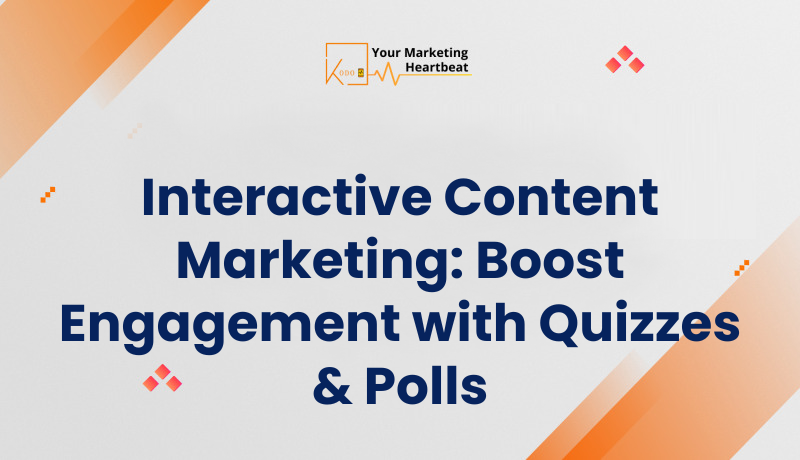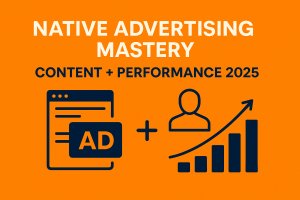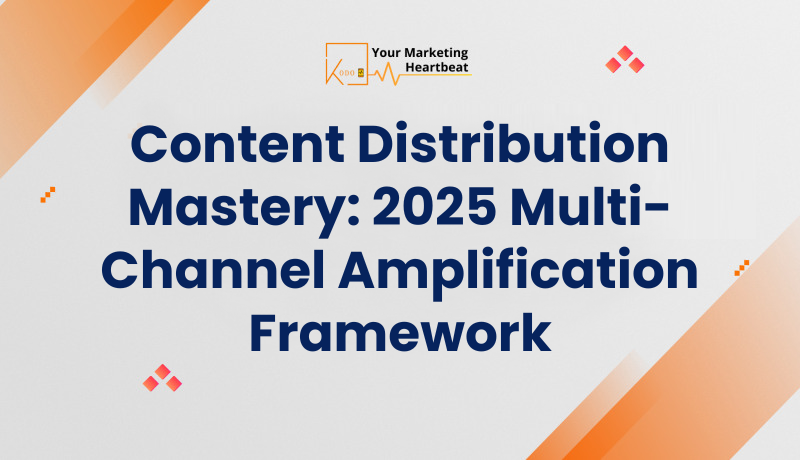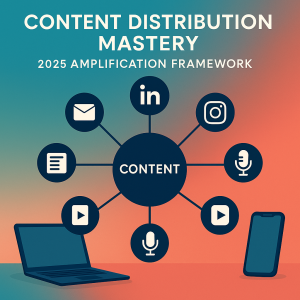
Interactive Content Marketing: Boost Engagement with Quizzes & Polls
Introduction
The days of static, one-way content are over. In 2025, audiences don’t just want to consume content—they want to participate in it. Enter interactive content marketing, one of the fastest-growing trends that’s helping brands build deeper connections, generate leads, and drive measurable engagement.
From BuzzFeed-style quizzes to LinkedIn polls, interactive content has transformed from a “nice-to-have” into a strategic necessity for brands. Quizzes and polls, in particular, are proving to be powerful tools for engagement, data collection, and conversion optimization.
At Kodo Kompany, we’ve seen first-hand how interactive content can reshape marketing campaigns. In this blog, we’ll dive deep into:
-
Why interactive content is crucial in 2025.
-
How quizzes and polls improve engagement.
-
Best practices for creating interactive content.
-
Tools and platforms to get started.
-
Real-world examples and strategies you can apply today.
1. What is Interactive Content Marketing?
Interactive content marketing involves creating two-way experiences where users actively participate rather than passively read or watch. Unlike traditional blogs or static ads, interactive content invites audiences to click, vote, answer, or explore.
Examples include:
-
Quizzes (“Which Marketing Strategy Fits Your Brand?”)
-
Polls (Twitter/X, LinkedIn, Instagram Stories)
-
Calculators (ROI calculators, savings calculators)
-
Interactive infographics and maps
-
Gamified experiences (spin-to-win, challenges)
Quizzes and polls stand out because they are low-effort, highly engaging, and instantly shareable.
2. Why Interactive Content Matters in 2025
Attention Spans Are Shrinking
The average digital attention span is just 8 seconds. Interactive formats keep users engaged longer than static content.
Data Privacy & First-Party Data
With cookies disappearing, brands need new ways to collect first-party data. Quizzes and polls let you gather insights directly from users with consent.
Personalization Demands
Audiences want tailored experiences. Quizzes provide recommendations, while polls make users feel heard.
Social Media Algorithms Favor Engagement
Interactive content boosts comments, shares, and clicks—signals that platforms like Instagram and LinkedIn reward with higher reach.
3. Benefits of Quizzes in Content Marketing
-
High Engagement Rates
-
BuzzFeed built its empire on personality quizzes. Why? Because quizzes are fun and highly shareable.
-
-
Lead Generation
-
Embed lead capture forms at the end of quizzes (“Get your results via email”).
-
-
Data Collection
-
Learn about customer preferences, needs, and behaviors.
-
-
Personalized Recommendations
-
Example: An e-commerce store uses a quiz to suggest products based on answers.
-
-
Brand Awareness
-
Quizzes are entertaining, which makes users more likely to share them.
-
4. Benefits of Polls in Content Marketing
-
Instant Engagement
-
Polls take seconds to complete but increase engagement dramatically.
-
-
Market Research
-
Poll results provide insights into customer opinions and pain points.
-
-
Community Building
-
Asking users for input makes them feel valued.
-
-
Boosting Visibility
-
On platforms like LinkedIn, polls often outperform regular posts in reach.
-
-
Content Ideas
-
Poll responses can fuel future blogs, products, or campaigns.
-
5. Where to Use Quizzes & Polls
-
Social Media Platforms: Instagram Stories polls, LinkedIn quizzes (beta), Twitter/X polls.
-
Websites & Blogs: Embed quizzes in blogs or landing pages.
-
Email Marketing: Use polls to boost open and click rates.
-
Lead Generation Campaigns: Pair quizzes with gated offers.
-
Events/Webinars: Live polls increase interactivity.
6. Best Practices for Interactive Content
For Quizzes
-
Keep them short (5–7 questions max).
-
Use engaging visuals.
-
Add humor where appropriate.
-
Provide valuable outcomes (recommendations, tips, or results worth sharing).
-
Collect emails at the end but always offer value first.
For Polls
-
Ask specific, simple questions.
-
Limit answer options to 2–4.
-
Use polls to spark conversations, not just collect data.
-
Share results publicly to increase transparency.
-
Align polls with trending topics for higher reach.
7. Tools to Create Quizzes & Polls in 2025
-
Typeform – Beautiful, user-friendly quizzes.
-
Interact – Great for lead-gen quizzes.
-
SurveyMonkey – Advanced data collection polls.
-
Outgrow – Interactive calculators + quizzes.
-
Instagram & LinkedIn Native Polls – Quick and free options.
8. Real-World Examples
BuzzFeed Quizzes
BuzzFeed quizzes drive millions of clicks monthly because they tap into personal curiosity.
HubSpot Marketing Grader
A quiz-style tool that evaluates your marketing strategy and offers insights.
LinkedIn Polls
Marketers use polls to gauge opinions on trends (“Which 2025 SEO update impacted you most?”).
Kodo Kompany Example
Imagine a quiz like: “Which Digital Marketing Strategy Will Boost Your 2025 Growth?” — offering tailored recommendations for SEO, Ads, or Social Media.
9. How Interactive Content Boosts SEO
-
Lower Bounce Rates: Users spend more time engaging with interactive elements.
-
Higher Dwell Time: Quizzes keep users on-page longer.
-
More Shares & Backlinks: Fun, valuable quizzes often go viral.
-
Fresh User-Generated Data: Polls provide content ideas and keywords.
Google rewards sites that deliver engaging, relevant, and interactive user experiences.
10. Kodo Kompany’s Approach to Interactive Content
At Kodo Kompany, we help businesses:
-
Strategize quiz campaigns for lead generation.
-
Build social media polls for engagement and insights.
-
Integrate interactive content into SEO and PPC campaigns.
-
Measure ROI through analytics dashboards.
Our goal: to turn your content from static to dynamic, from informative to engaging, from passive to powerful.
Conclusion
Interactive content isn’t just a marketing trend—it’s the future of brand engagement. In 2025, businesses that embrace quizzes and polls will:
-
Build stronger relationships with audiences.
-
Collect valuable first-party data.
-
Drive higher engagement across platforms.
-
Turn casual visitors into loyal customers.
At Kodo Kompany, we specialize in creating interactive experiences that captivate audiences and deliver measurable results.




